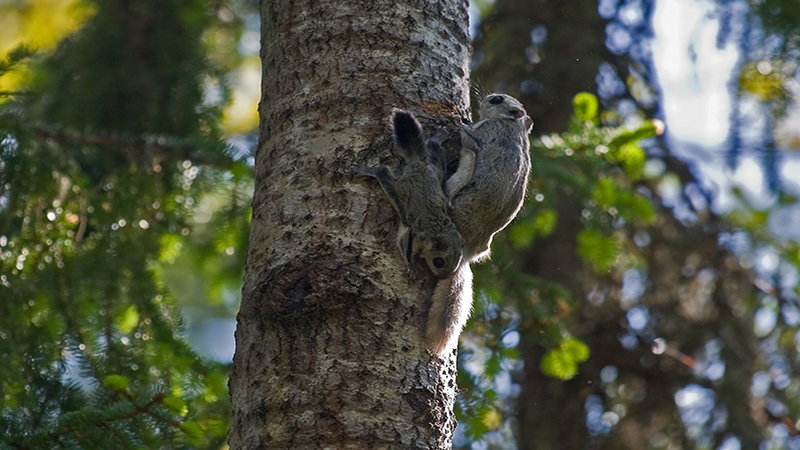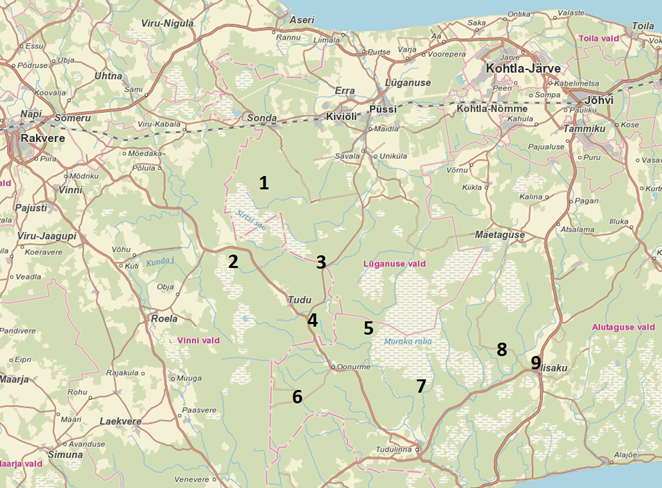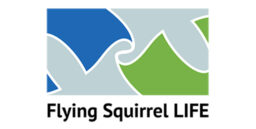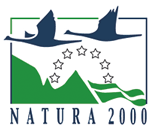Flying squirrel in nature reserves

The main purpose of the LIFE project is to take concrete conservation measures to improve the conservation of flying squirrels. The measures consist of planning sites, implementing measures and monitoring impacts.
Flying squirrels need food and security to live. Suitable nesting sites in forests are cavities in aspen, twig dens in spruces (made by the red squirrel) or nest boxes. Aspen and other deciduous trees are important sources of food for the flying squirrel. Aspen is also an extremely important key species for forest biodiversity, which means that a large number of forest species depend entirely on it.
In Finland, we improve the continuity of aspen generations for the future by safeguarding aspen seedling establishment and growth. We make flying squirrel nesting boxes in Finland and Estonia.
Aspen continuity in nature reserves and commercial forests
Aspen continuity means that aspens of different ages are available in the same area as food and shelter. The situation of available aspens representing various age classes, especially of large aspens, in worrying: there are extensive areas that will have to wait a hundred years before the next generation of large aspen trees reaches maturity, and some areas have scarcely any seedlings at all.
The aspen is a pioneer tree, which needs open space to grow. We remove pines and sometimes break up the raw humus (mor) to make room for growth. At some of the sites, we also fence seedlings for 10-15 years so that they can grow into young trees without being disturbed.
In Finland we have 16 aspen continuity sites in state owned land. Ten of them are located in Natura 2000 areas and the rest in commercial forests. Metsähallitus Parks & Wildlife Finland is responsible of the plans of the Natura 2000 areas, although local ELY-Centers approves the plans. Metsähallitus Forestry Ltd is responsible of the aspen continuity sites in commercial forests and the plans were done as part of the forest management plans. Summary of measures implemented in aspen continuity sites (pdf 17 Mt, in Finnish)
Nesting boxes
In northeastern Estonia, 250 nesting boxes will be placed to support the function of flying squirrel habitat networks with the help of nesting sites. In particular, nesting boxes will be placed along movement corridors between habitat sites mainly on Estonian state-owned land (Riigimetsa Majandamise Keskus/State Forest Management Center).

New nature reserves
During the project, the ELY Centres for North Karelia, North Savo and Southwest Finland established three new nature conservation areas covering a total of 26 hectares. The sites have been prepared in advance and no actions will be taken on them. New conservation areas on map (pdf 176 kt). .
Last updated 20 February 2024


